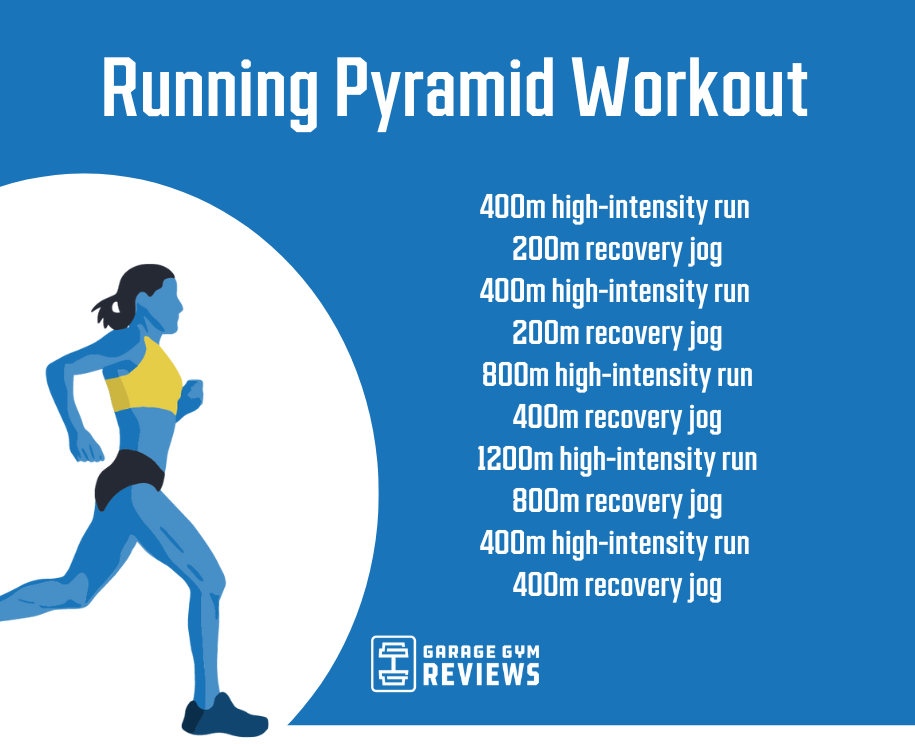Turbocharge Your Runs: Open Your Potential with Strategic Running Workouts
Turbocharge Your Runs: Open Your Potential with Strategic Running Workouts
Blog Article
Taking Care Of Usual Running Pains: Causes, Solutions, and Prevention
As joggers, we usually encounter different discomforts that can impede our efficiency and satisfaction of this exercise. From the debilitating discomfort of shin splints to the unpleasant IT band syndrome, these typical operating discomforts can be irritating and demotivating. Understanding the reasons behind these ailments is essential in efficiently addressing them. By checking out the root reasons for these running pains, we can discover targeted services and precautionary actions to guarantee a smoother and much more satisfying running experience (check it out).
Usual Running Discomfort: Shin Splints
Shin splints, an usual running pain, frequently result from overuse or inappropriate shoes during physical task. The repeated tension on the shinbone and the cells connecting the muscle mass to the bone leads to swelling and discomfort.
To avoid shin splints, people should slowly raise the intensity of their exercises, put on suitable shoes with correct arch support, and preserve adaptability and toughness in the muscle mass bordering the shin. If shin splints do take place, preliminary therapy involves rest, ice, compression, and altitude (RICE) In addition, incorporating low-impact activities like swimming or biking can aid keep cardiovascular physical fitness while enabling the shins to recover. Relentless or extreme cases may need clinical analysis and physical treatment for effective management.
Common Running Pain: IT Band Syndrome
Along with shin splints, an additional widespread running discomfort that professional athletes usually come across is IT Band Disorder, a condition brought on by inflammation of the iliotibial band that runs along the outer thigh and knee. IT Band Disorder typically materializes as pain on the outside of the knee, especially throughout tasks like running or biking. The iliotibial band is a thick band of fascia that links the hip to the shin, and when it becomes swollen or limited, it can scrub against the upper leg bone, bring about pain and pain.
Runners experiencing IT Band Syndrome might discover a painful or aching feeling on the external knee, which can intensify with ongoing task. Elements such as overuse, muscular tissue imbalances, incorrect running kind, or inadequate workout can add to the development of this condition.
Usual Running Pain: Plantar Fasciitis
:max_bytes(150000):strip_icc()/effective-30-minute-running-workouts-2911891-0927-70272e09ac83449cadb9f1ce51656c0c.jpg)
Plantar Fasciitis can be associated to different variables such as overtraining, inappropriate shoes, working on tough surface areas, or having high arcs or flat feet. To avoid and relieve Plantar Fasciitis, runners can include extending exercises for the calf bones and plantar fascia, use encouraging footwear, keep a healthy and balanced weight to lower strain on the feet, and progressively boost running strength to avoid sudden anxiety on the plantar fascia. If symptoms persist, it is recommended to seek advice from a healthcare professional for correct diagnosis and treatment options to resolve the problem properly.
Usual Running Discomfort: Jogger's Knee
After resolving the obstacles of Plantar Fasciitis, an additional widespread concern that joggers often face is Jogger's Knee, an usual running pain that can hinder sports efficiency and cause pain during physical task. Runner's Knee, also recognized as patellofemoral pain disorder, materializes as discomfort around or behind the kneecap. Runners experiencing this discomfort may really feel a boring, hurting pain while running, going up or down staircases, or after extended durations of sitting.
Typical Running Discomfort: Achilles Tendonitis
Frequently afflicting runners, Achilles Tendonitis is an excruciating condition that impacts the Achilles ligament, causing discomfort and possible limitations in exercise. The Achilles tendon is a thick band of tissue that links the calf bone muscles to the heel bone, critical for activities like running, jumping, and walking - great tips. Achilles Tendonitis commonly creates due to overuse, improper footwear, inadequate stretching, or sudden increases in exercise
Signs of Achilles Tendonitis consist of discomfort and stiffness along the tendon, particularly in the early morning or after durations of lack of exercise, swelling that worsens with activity, and possibly bone spurs in persistent instances. To prevent Achilles Tendonitis, it is necessary to extend appropriately in the past and after this is where I read it running, use suitable footwear with correct assistance, gradually increase the strength of exercise, and cross-train to reduce recurring tension on the tendon.
Verdict

Report this page